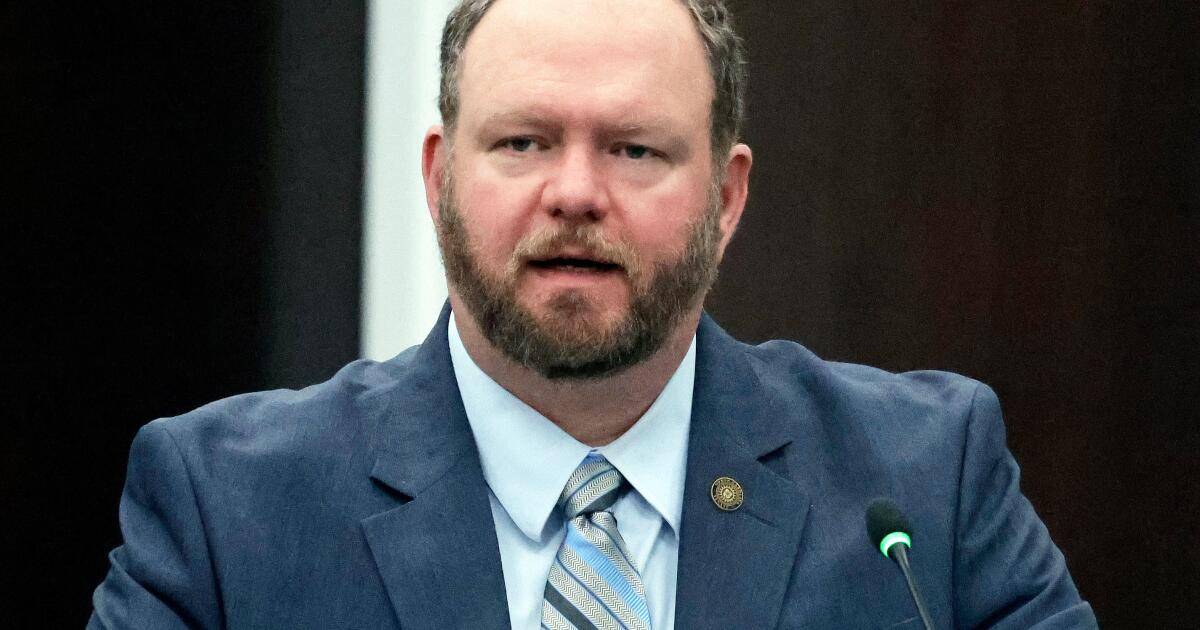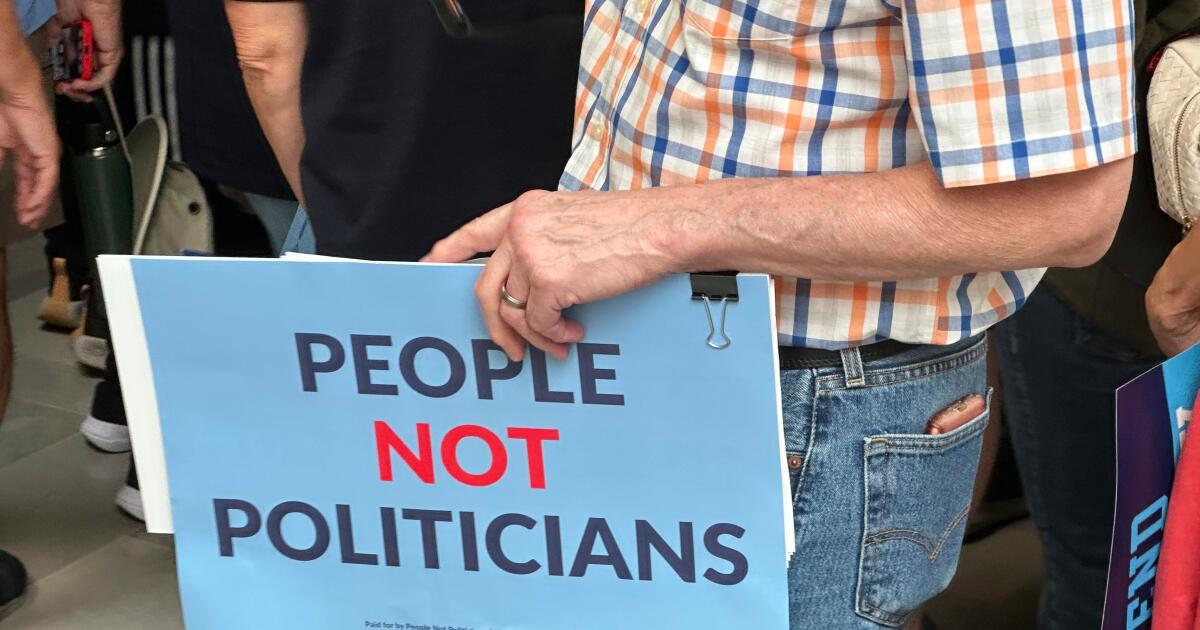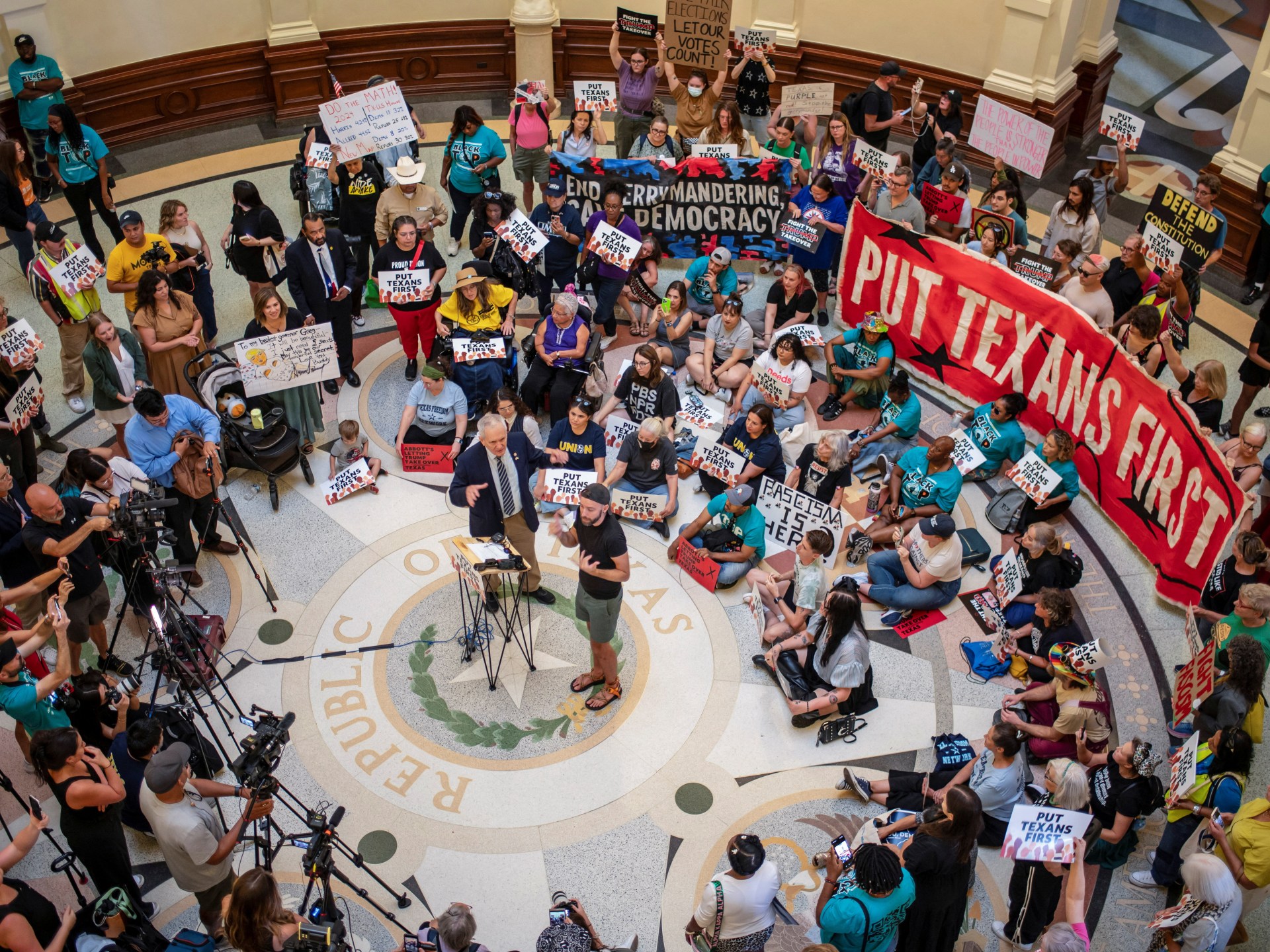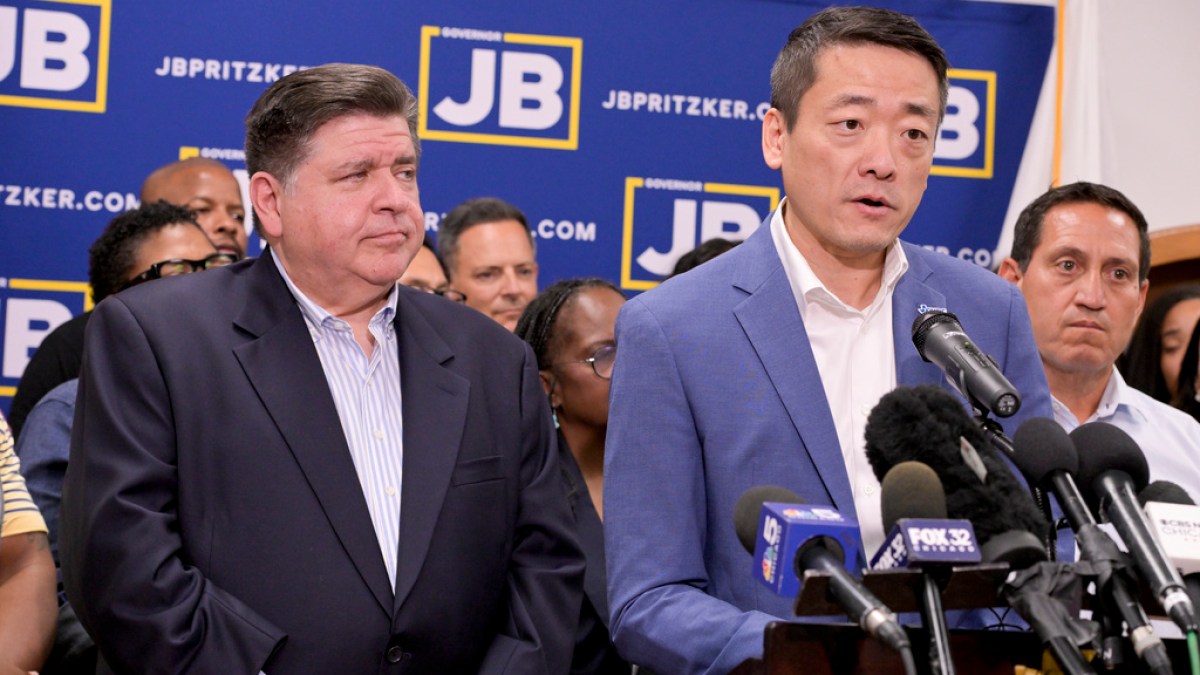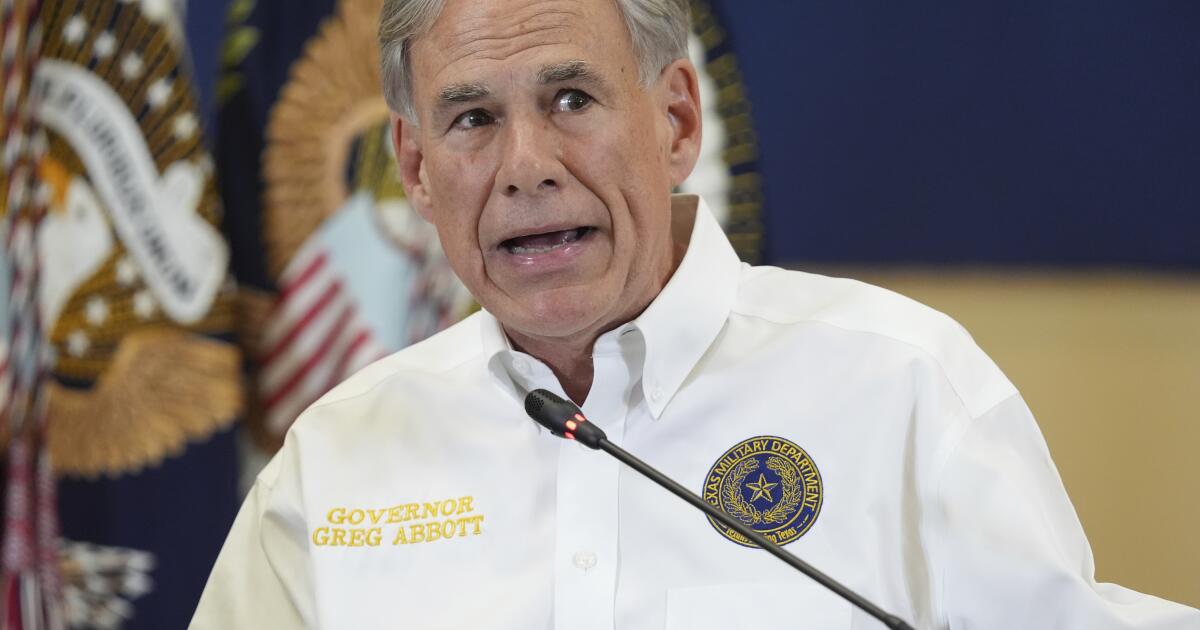North Carolina adopts new Trump-backed U.S. House districts aimed at gaining a Republican seat
RALEIGH, N.C. — North Carolina Republican legislative leaders completed their remapping of the state’s U.S. House districts on Wednesday, intent on picking up one more seat to help President Trump’s efforts to retain GOP control of Congress in next year’s midterm elections.
The new boundaries approved by the state House could thwart the reelection of Democratic U.S. Rep. Don Davis, who currently represents more than 20 northeastern counties. The state Senate already approved the plan in a party-line vote on Tuesday.
Republicans hold majorities in both General Assembly chambers, and Democratic Gov. Josh Stein is unable under state law to use his veto stamp on redistricting maps. So the GOP’s proposal can now be implemented unless likely litigation by Democrats or voting rights advocates stops it. Candidate filing for 2026 is scheduled to begin Dec. 1.
Republican lawmakers made the intent of their proposed changes crystal clear — it’s an attempt to satisfy Trump’s call for GOP-led states to secure more seats for the party nationwide, so that Congress can continue advancing his agenda. Democrats have responded with rival moves in blue states. A president’s party historically loses seats in midterm elections, and Democrats currently need just three more seats to flip House control.
“The new congressional map improves Republican political strength in eastern North Carolina and will bring in an additional Republican seat to North Carolina’s congressional delegation,” GOP Rep. Brenden Jones said during a debate that Republicans cut off after an hour.
Democratic state Rep. Gloristine Brown, an African American who represents an eastern North Carolina county, made an impassioned floor speech in opposition, saying “You are silencing Black voices and are going against the will of your constituents.”
“North Carolina is a testing ground for the new era of Jim Crow laws,” Brown said.
Republican-led Texas and Missouri already have revised their U.S. House districts to try to help Republicans win additional seats. Democratic-led California reciprocated by asking the state’s voters to approve a map revised to elect more Democrats, and Jones accused California Gov. Gavin Newsom of ramping up the redistricting fight.
“We will not let outsiders tell us how to govern, and we will never apologize for doing exactly what the people of this state has elected us to do,” Jones said.
North Carolina’s replacement map would exchange several counties in Davis’ current 1st District with another coastal district. Statewide election data suggests this would favor Republicans winning 11 of 14 House seats, up from the 10 they now hold, in a state where Trump got 51% of the popular vote in 2024.
Davis is one of North Carolina’s three Black representatives. Map critics suggested this latest GOP map could be challenged as an illegal racial gerrymander in a district that has included several majority Black counties, electing African Americans to the U.S. House continuously since 1992.
Davis is already vulnerable — he won his second term by less than 2 percentage points, and the 1st District was one of 13 nationwide where both Trump and a Democratic House member was elected last year, according to the Center for Politics at the University of Virginia.
Davis on Tuesday called the proposed map “beyond the pale.”
Hundreds of Democratic and liberal activists swarmed the legislative complex this week, blasting GOP legislators for doing Trump’s bidding with what they called a power grab through a speedy and unfair redistricting process.
“If you pass this, your legacy will be shredding the Constitution, destroying democracy,” Karen Ziegler with the grassroots group Democracy Out Loud, told senators this week. She accused the state GOP of “letting Donald Trump decide who represents the people of North Carolina.”
Democrats said this map is a racial gerrymander that will dismantle decades of voting rights progress in North Carolina’s “Black Belt” region. Republicans counter that no racial data was used in forming the districts, and the redrawing was based on political parties, not race.
Based on last week’s arguments before the U.S. Supreme Court in a Louisiana redistricting case, the Democrats may lose this line of attack. A majority of justices appears willing to neuter a key tool of the Voting Rights Act that has protected political boundaries created to help Black and Latino residents elect favored candidates, who have tended to be Democrats.
State GOP leaders say Trump won North Carolina all three times that he’s run for president — albeit narrowly last year — and thus merits more GOP support in Congress. Senate leader Phil Berger called it appropriate “under the law and in conjunction with basically listening to the will of the people.”
Robertson writes for the Associated Press.
